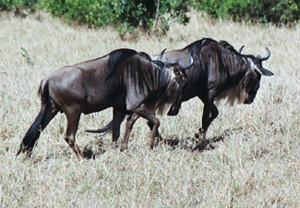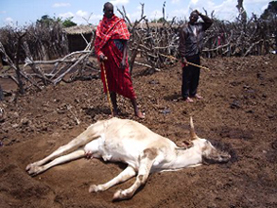
Veterinary medicine
Department of infectious and parasitic diseases
Laboratory of Immunology - Vaccinology

|
|
Dr Benjamin DEWALS
Research
Herpesviruses co-evolve with their natural host species. Co-evolution often implies persistent infection and adaptation of the pathogen to its natural host with the lost of any major pathogenic effect. Cross-species transmission can however occur in several cases, often leading to the development of a severe pathogenic effect and in some cases to the death of the infected accidental host. Malignant catarrhal fever (MCF) is a typical example of cross-species transmission leading to the development of a fatal disease.
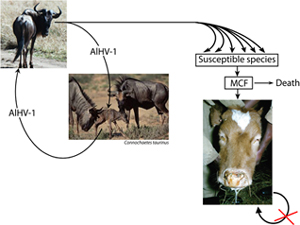
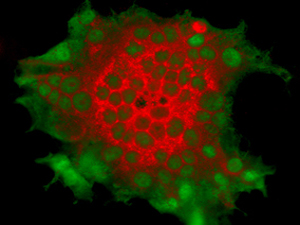
MCF is a lethal lymphoproliferative disease of a variety of species of the Artiodactyla order that includes cattle. The main causative agents of MCF are two closely-related gammaherpesviruses, Ovine herpesvirus 2 (OvHV-2) and Alcelaphine herpesvirus 1 (AlHV-1). These two viruses are phylogenetically related to Human herpesvirus 4 (EBV) and Human herpesvirus 8 (KSHV). In their natural host species, OvHV-2 and AlHV-1 cause no apparent disease. Sheep are naturally infected by OvHV-2 which is responsible for the sheep-associated form of MCF when cross-species transmitted to susceptible hosts such as cattle. Wildebeest (Connochaetes taurinus) carry AlHV-1 responsible for the wildebeest-derived form of MCF (WD-MCF). The main characteristic of both forms of MCF is the development of sudden infiltration of lymphoblastoid cells in many tissues and organs with in most of cases, a fatal outcome. The research developed in the laboratory seeks to investigate how AlHV-1-infection induces WD-MCF in susceptible species. We use in our research the AlHV-1 BAC clone, recently produced in the laboratory. Our experimental approaches include in vitro and in vivo experiments in cattle or the experimental model the rabbits. We develop targeted or global approaches in order to unravel the virus-induced and/or host-induced mechanisms leading to the development of WD-MCF.
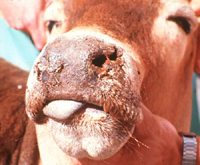
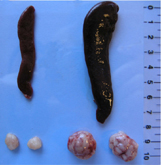
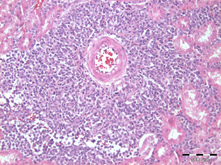
In term of host-virus evolution, the study the WD-MCF pathogenesis should identify the mechanisms by which AlHV-1 is acting as a ŌĆśbiological weaponŌĆÖ propagated by wildebeest against the other artiodactyls sharing their grazing area. The mortality induced by AlHV-1 around wildebeest herds confers a selective advantage to the wildebeest by eradication of the artiodactyl species competing for grass but also by avoiding predation of wildebeest by large carnivores that feed preferentially on AlHV-1 dying animals. Knowing that AlHV-1 is well adapted to its natural host (the wildebeest) in which it does not induce a disease, the relationship between AlHV-1 and wildebeest can therefore be defined as symbiotic.
